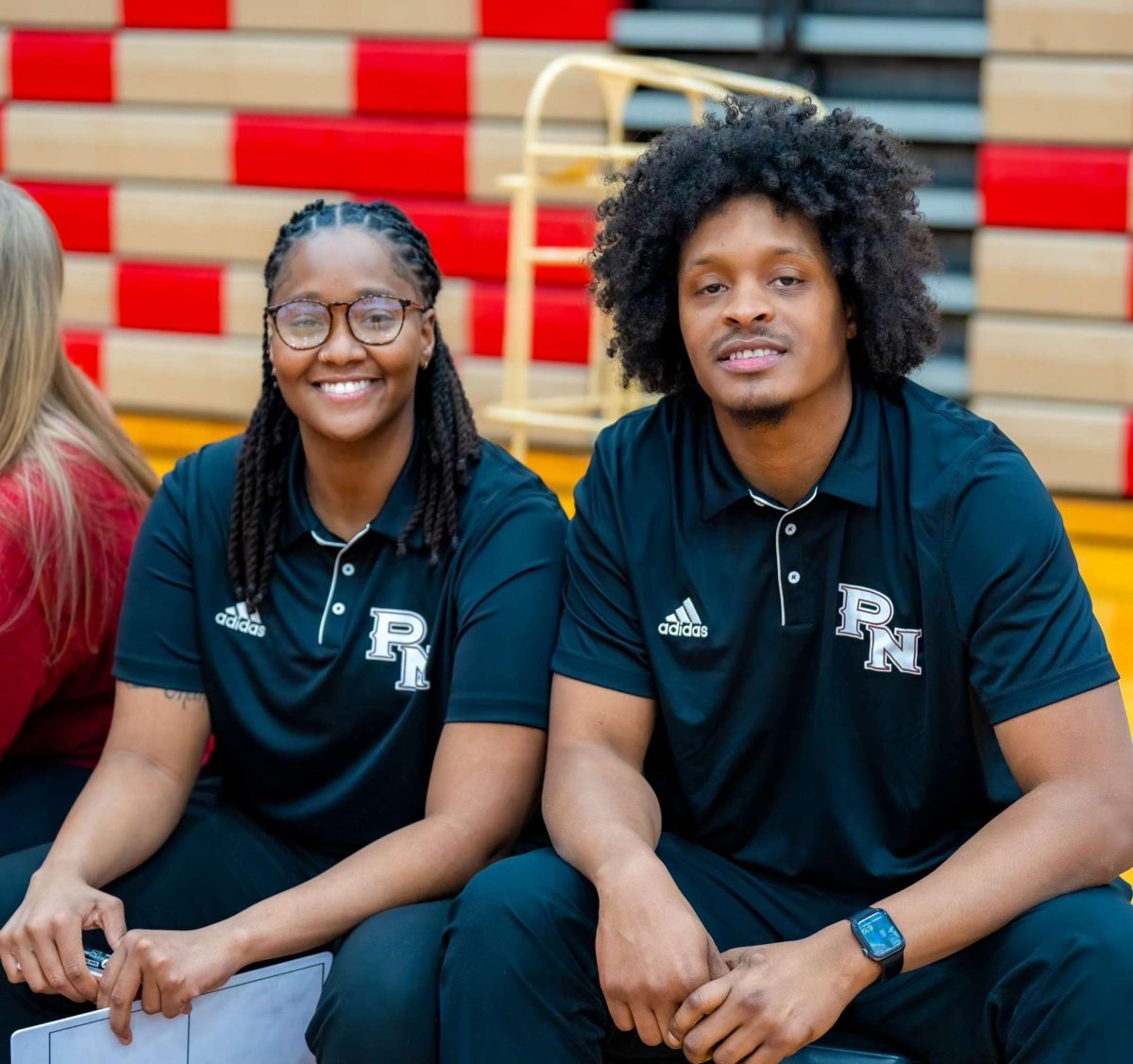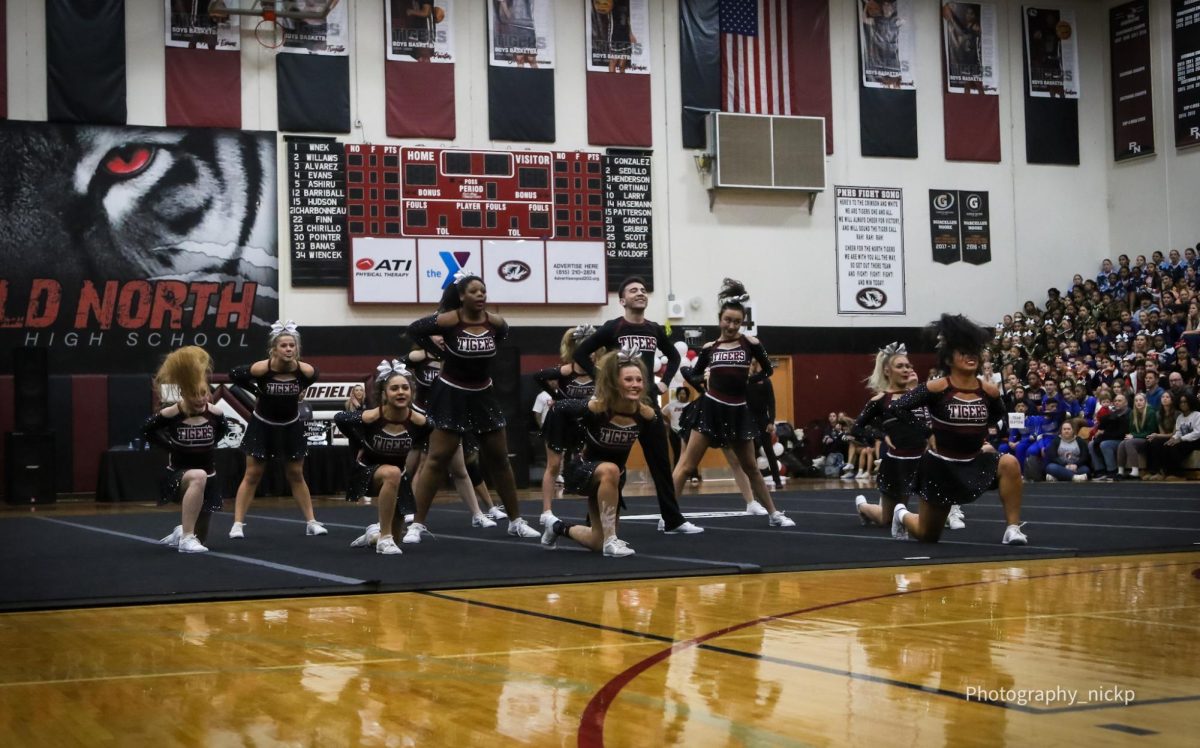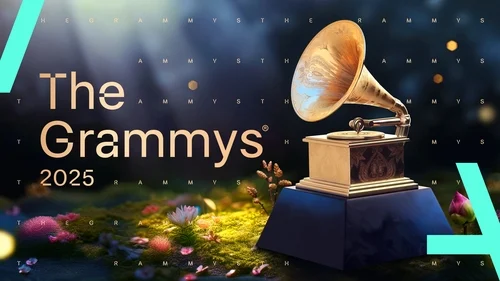Students struggle with Naviance
November 18, 2015
Plainfield North implemented a new system for the college application process this year, Naviance, causing students an array of mixed problems and solutions.
Naviance is an internet based service that encompasses much of the college application process. It is used to request transcripts and recommendations, as well as affording students a more in-depth college search experience.
“Naviance is an internet based software that the district has purchased and each student has their own account and this year we are rolling it out to all grade levels,” said College and Career Counselor Renata Koziol. “Beginning with freshman year, students will be able to access the program, do career planning, build résumés, and research colleges.”
When the decision was made to move to Naviance, the thought was that a paperless, centralized system would streamline the college application process. This, by the account of some students, may not be the case as many of them have had their fair share of problems with the new system.
Students have struggled with long wait times while requesting transcripts, which can last up to three weeks, as well as having continued issues with teacher recommendations. Some students have claimed to be unaware of some of the nuances of the system, such as the academic questionnaire required to receive recommendations, as well as the potentially confusing interface of the website.
“You know, any system that over complicates the already complicated college admissions system is a failure at its core,” said Senior Jacob Smolen.
Many of the Naviance’s problems have stemmed from poor communication. At the beginning of the school year, students were provided with instruction on how to use the system, which by many accounts left them with an insufficient knowledge of just how to use the site.
“The process was gone over early in the school year in senior study halls in a lot of different formats as far a teacher recommendations and the transcripts, and maybe some miscommunication with the students occurred,” said Koziol.
As the first class to use Navaince, this year’s seniors had a limited amount of time and instruction with the software. As such, many were left without a firm grasp on its many functions. Koziol hopes to amend this in coming years.
“The feel at the beginning of the year was there was a lot thrown at the seniors as far as using a new program for college applications, plus the seniors having to learn different systems for applying to college; it’s a lot to process all at once, but I think it’s gone as smoothly as it could have,” said Koziol.
Younger students will be much more familiar with Naviance. In the coming weeks, students from all grade levels will be given comprehensive instruction on the new system. As they will have used Naviance for longer periods of time, the goal is that they should have a better grasp on its uses, and thus avoid the many problems that have plagued this year’s crop of seniors.
In past years, much of the schools part in the college application process was done on paper and had to be physically mailed out to colleges. While the process could be done digitally for schools that used the Common App, others had to suffer through the perils of snail mail.
“I feel as though if we had to deal with both a Naviance college application process and a non-Naviance college application process, we would feel significantly different than we do now,” said Senior Kevin Ferguson, “We don’t have anything to compare Naviance to, so we think it’s bad, but we’d be so much worse off without it. Thank you, Naviance. Thank You.”






